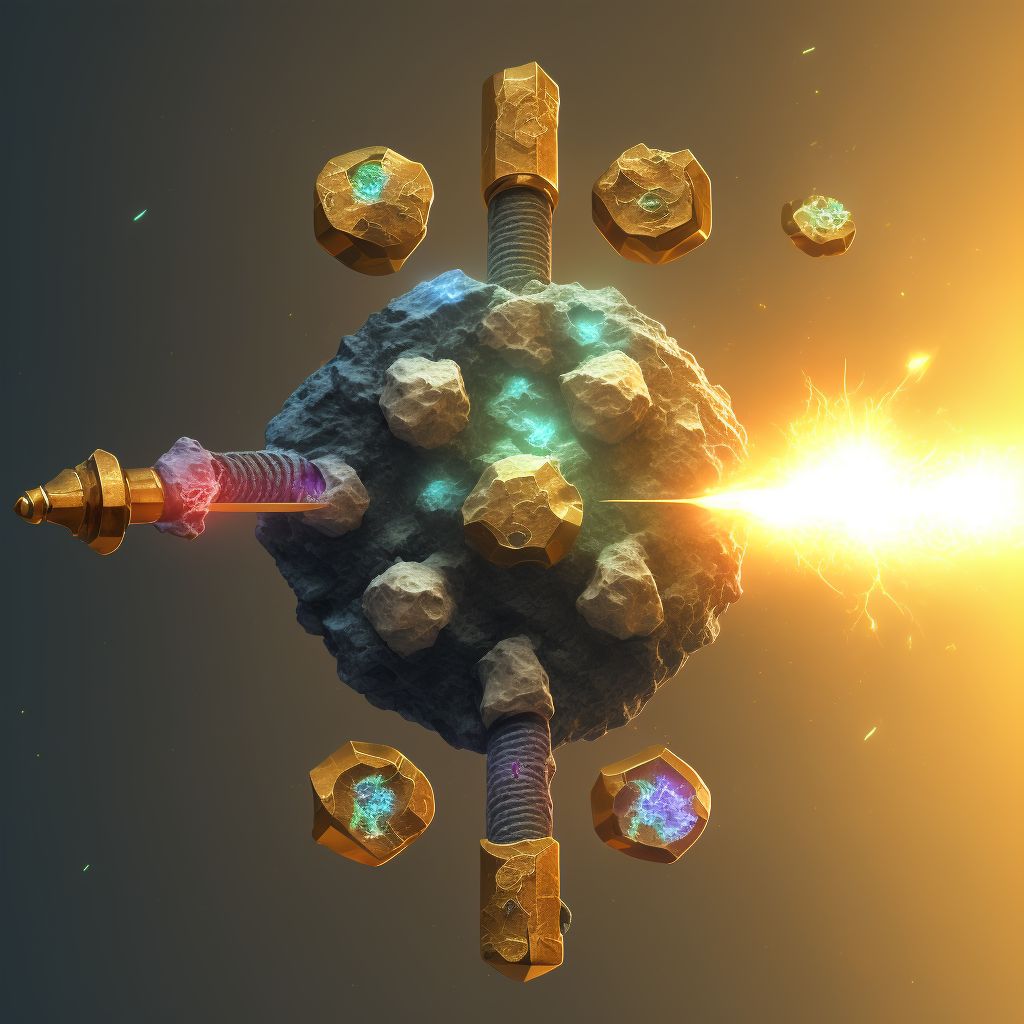
Nondisplaced comminuted fracture of shaft of right fibula, subsequent encounter for open fracture type IIIA, IIIB, or IIIC with routine healing Save
ICD-10 code: S82.454F
Disease category: S82.454: Nondisplaced comminuted fracture of shaft of right fibula
Nondisplaced Comminuted Fracture of Shaft of Right Fibula: Understanding the Healing Process
A nondisplaced comminuted fracture of the shaft of the right fibula is a serious injury that requires proper medical attention and care. In this subsequent encounter article, we will discuss the healing process of open fracture type IIIA, IIIB, or IIIC, excluding treatment details.
1. Understanding the Fracture: A comminuted fracture refers to a bone break in which the bone shatters into multiple fragments. In the case of a nondisplaced fracture, the bone is broken but remains aligned. The right fibula, one of the two bones in the lower leg, is affected in this type of injury.
2. Initial Treatment: When an open fracture occurs, the bone breaks through the skin, increasing the risk of infection. Immediate medical attention is crucial to clean the wound and stabilize the bone. The subsequent encounter focuses on the healing process after the initial treatment.
3. Routine Healing: Following proper care and treatment, the body's natural healing process begins. The bone starts to generate new cells, gradually bridging the gap between the broken fragments. Over time, a callus forms, providing stability and support to the fractured bone.
4. Monitoring Progress: Regular follow-up appointments with healthcare professionals are essential to monitor the healing progress. X-rays are commonly used to assess the bone's condition and track the formation of the callus. These appointments ensure that the healing process is on track and identify any complications that may arise.
- Physical Therapy: Once the bone has sufficiently healed, physical therapy may be recommended to restore strength, flexibility, and mobility. Physical therapists tailor exercises and movements to the patient's specific needs, gradually reintroducing weight-bearing activities.
- Importance of Rest: While healing, it is crucial to allow the body enough time to rest. This helps prevent reinjury and promotes optimal healing. Following medical advice regarding activity restrictions and using assistive devices, such as crutches or walkers, can aid in a successful recovery.
- Supportive Measures: In addition to rest and physical therapy, other supportive measures, such as wearing a cast, splint, or brace, may be necessary to protect the fractured area during the healing process. These measures provide stability and reduce the risk of reinjury.
In conclusion, a nondisplaced comminuted fracture of the shaft of the right fibula requires proper care and attention. The subsequent encounter for open fracture type IIIA, IIIB, or IIIC focuses on monitoring the healing process after the initial treatment. By understanding the healing stages and following medical
Treatment of Nondisplaced comminuted fracture of shaft of right fibula, subsequent encounter for open fracture type IIIA, IIIB, or IIIC with routine healing:
Treatment Options for Nondisplaced Comminuted Fracture of Shaft of Right Fibula
Dealing with a nondisplaced comminuted fracture of the shaft of the right fibula can be challenging. However, with the right treatment approach, patients can experience routine healing and regain their quality of life. Here are some treatment options to consider: